Report this entry
More from the same community-collection
El Paso Community College Valle Verde Campus Fog
Gorgeous day for photo opportunities. Photo taken with D-SLR on ...
Copper Plate from School of Mines
A plate consisting of 99.9% copper belonging to the old School ...
Visitors Celebrating UTEP's 100th Anniversary
Visitors celebrating UTEP's 100th anniversary at the grand ...
UTEP Cheerleaders Celebrating the Grand Opening
UTEP Cheerleaders Celebrating the Grand Opening of the Fifth ...
UTEP Cheerleaders Celebrating the Grand Opening
UTEP Cheerleaders Celebrating the Grand Opening of the Fifth ...
UTEP mascot Paydirt Playing Drums - El Paso, Texas
UTEP mascot Paydirt Playing Drums at the grand opening of the ...
Fourth Wall Of Giants - Ribbon Cutting Ceremony
Mayor John Cook cuts the ribbon for the grand opening - Fourth ...
Rebecca Whitaker and David Saucedo Greeting Mayor John Cook
Rebecca Whitaker and David Saucedo Greeting Mayor John Cook ...
Beginning Of the Light Procession -Santa Fe International Bridge
Beginning Of the Light Procession -Santa Fe International ...
Historians From Juarez-Grand Opening - Fourth Wall Of Giants
Historians From Juarez-during Grand Opening Fourth Wall Of ...
Matachini During The Ceremony - Fourth Wall Of Giants
Matachini During The Ceremony - Fourth Wall Of Giants
Luminaria - In Front Of The El Paso Museum Of History
Displayed in front of the El Paso Museum of History during ...
Mayor Cook, Julia Bussinger, First Lady and Juarez Historian
Mayor John Cook, Director Julia Bussinger of the El Paso Museum ...
During the Grand Opening-Fourth Wall Of Giants
During the Grand Opening-Fourth Wall Of Giants-visitors ...
Curator Barbara Angus Leads The Procession
Curator Barbara Angus Leads The Procession inside the museum.

















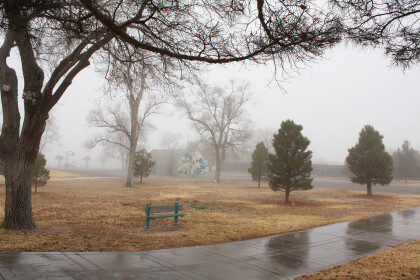
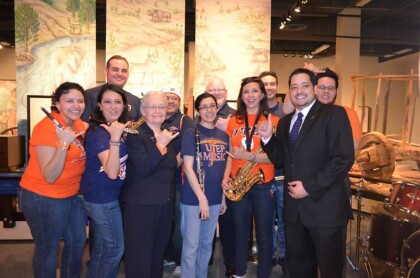
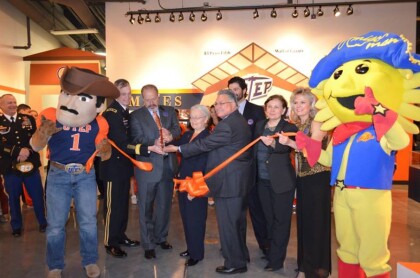
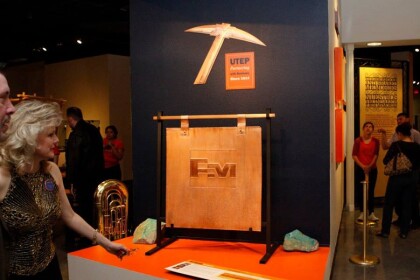
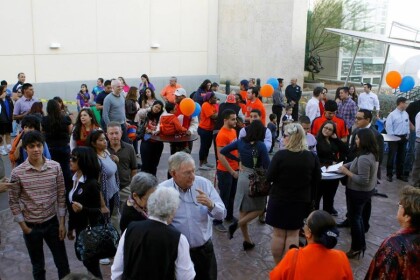
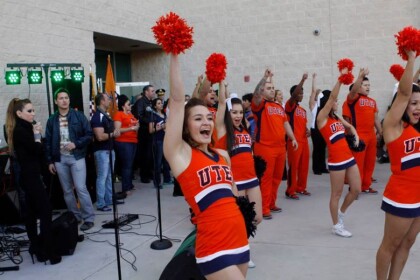

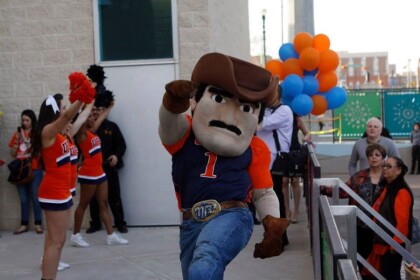
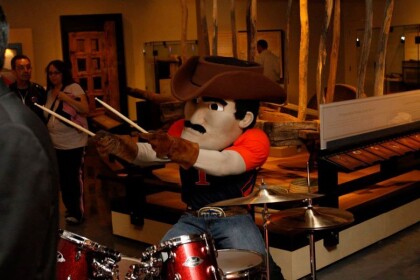
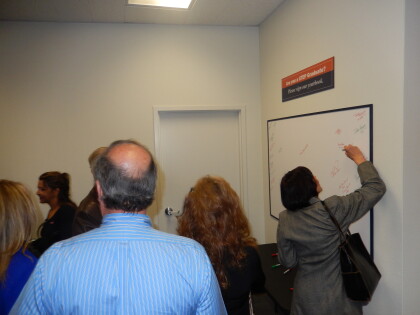
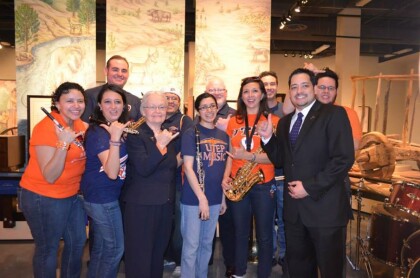
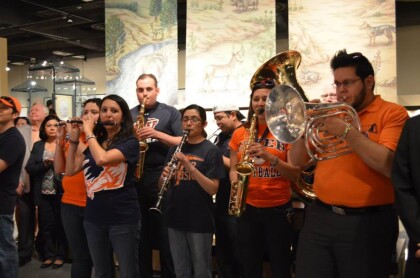
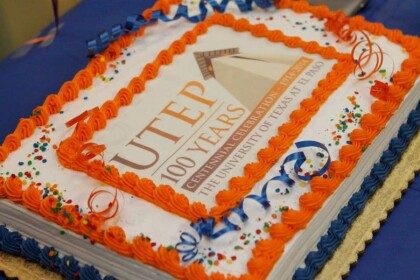
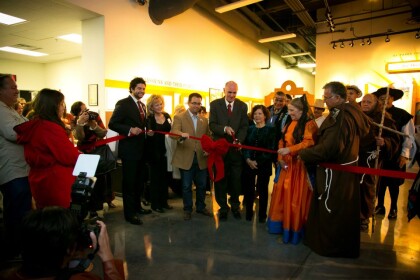
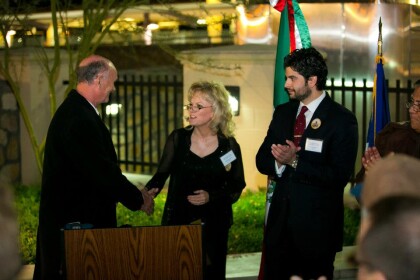

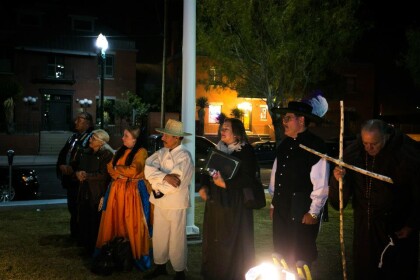
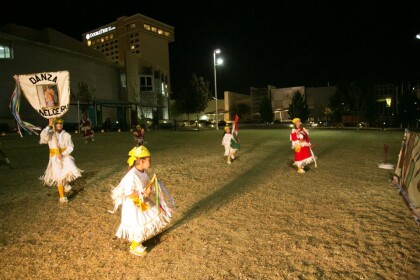
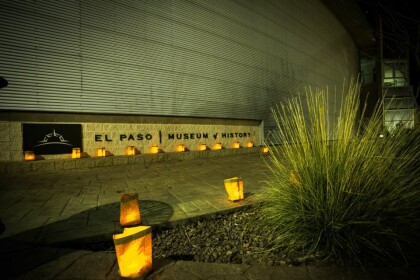

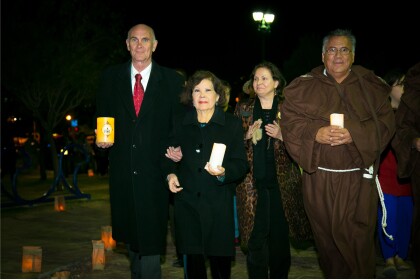
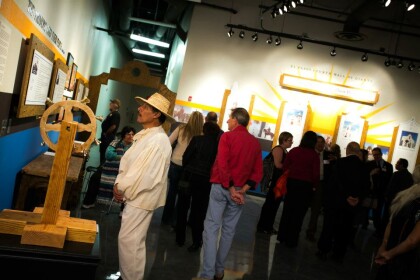
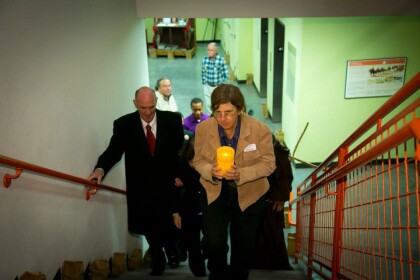
Comments
Add a comment